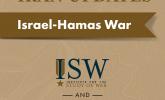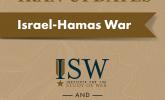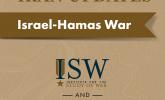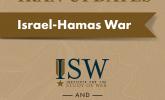Iran Update, January 21, 2024
January 21, 2024 - ISW Press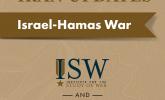
The United States, Egypt, and Qatar are pushing a new, multi-part plan to end the Israel–Hamas war. The plan contains three parts that will occur over a 90-day period, according to the Wall Street Journal. Hamas would first release all civilian hostages in return for Israel releasing “hundreds” of Palestinian prisoners. Israel would also withdraw its forces from population centers in the Gaza Strip, allow freedom of movement throughout the Gaza Strip, end “surveillance,” and double the flow of humanitarian aid into the strip. Hamas would release all female Israeli soldiers and return the bodies of dead hostages to Israel in the second stage. Finally, Hamas would release the remaining Israeli soldiers and fighting-age males, while Israeli forces withdraw from the strip completely.


